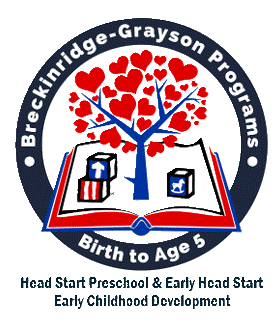As children develop from birth throughout childhood they move, or transition, from one learning environment or setting to a new one. Often, these transitions involve a process of change that requires a period of adjustment for the child and family. This process takes time, preparation, teamwork, and planning. Positive outcomes for children and their families can be achieved when transition efforts focus on four critical areas:
Breckinridge-Grayson Programs, Inc. has Memorandums of Agreements in place with the school systems ensuring benefits for children, families, programs, and communities. We follow the Head Start transition guidelines. Our collaboration with each education setting also includes children with special needs who have been identified through part C programs or some other early intervention program.
We support families by forwarding records, registering Head Start children for kindergarten, attend and share information at IEP or other meetings, take children to tour their prospective new schools, plan weekly transitional visits for Early Head Start children into Head Start classrooms, and provide information/materials for families of transitioning children.
Children can benefit by:
Parents gain:
Programs expect:
Communities win because:
● Child preparation
● Ongoing communication and coordination
● Involvement
● Continuity of learning, care, and services
We support families by forwarding records, registering Head Start children for kindergarten, attend and share information at IEP or other meetings, take children to tour their prospective new schools, plan weekly transitional visits for Early Head Start children into Head Start classrooms, and provide information/materials for families of transitioning children.
Children can benefit by:
- The continuity of language and culture, earlier learning, care, and service experiences
- Increased motivations and openness to new experiences, enhanced self-confidence
- A greater sense of trust among children, educators, and caregivers
- Improved relationships with peers and adults
Parents gain:
- Increased confidence in their children’s ability to succeed in the new setting
- Improved self-confidence in their own ability to communicate with staff
- A sense of pride and commitment in their ongoing involvement in the education of their children
- A greater knowledge of early childhood programs and services, and an enhanced ability to effectively influence education, care, and service delivery
Programs expect:
- Increased information sharing and an enhanced ability to address individual child needs
- Increased parental and community support
- Access to a larger network of resources and professional support
- Enhanced understanding of other early childhood programs in the community
- Renewed sense of professional pride and commitment in improving outcomes for children and families
Communities win because:
- Systems are in place to share information among agencies and programs that serve children and families during expected or sudden transitions.





